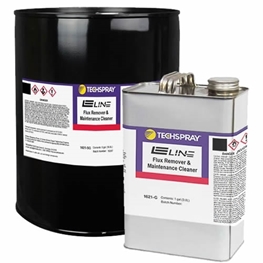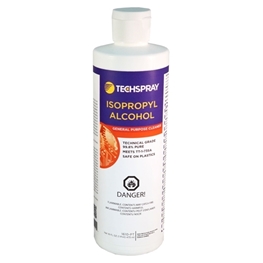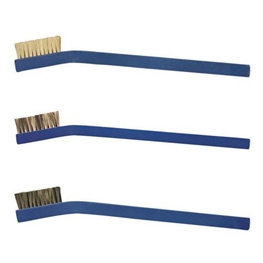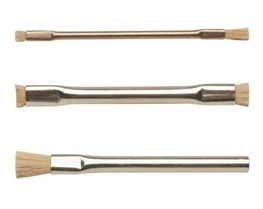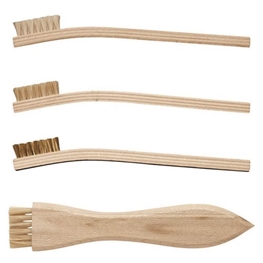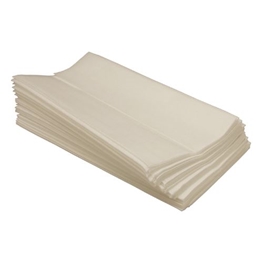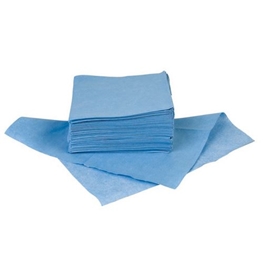- PWR-4: Cost effective, nonflammable, and low toxicity, so ideal replacement for n-propyl bromide (nPB) and other toxicindustrial solvents.
- G3: Top-selling nonflammable solvent that’s effective on the broadest array of soils.
- Precision-V: Nonflammable replacement for AK225, and ideal for aviation, aerospace, medical and military applications.
- E-LINE: Effective cleaner and safe on sensitive plastics.
- Techspray Renew: Water-based flux removers with zero GWP and low VOC.
For immersion cleaning, safety is our top priority:
- Flammability: Choosing a nonflammable cleaner is generally the safest choice. Otherwise, ventilation has to be explosion-proof and adequate to remove all the flammable fumes so they don't accumulate and create a significant hazard. It is also common to clean in a heated bath for extra solvency, which makes the use of a nonflammable cleaner all the more critical. Techspray offers three brand names of nonflammable solvents: G3, PWR-4, and Precision-V.
- Toxicity: Techspray offers innovative solvents that are much safer than the four most common industrial solvents: TCE, nPB, Perc and Methylene Chloride and quickly clean the most difficult greases and fluxes. No Techspray cleaners contain these highly toxic solvents, and PWR-4 is specifically engineered as a replacement.
Soil Type / Application
Solvent Compatibility
Plastic Sensitivity(Choose One)
Applied Filters
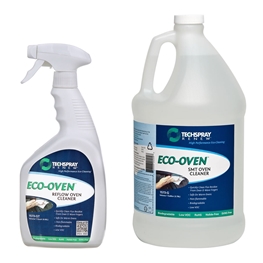
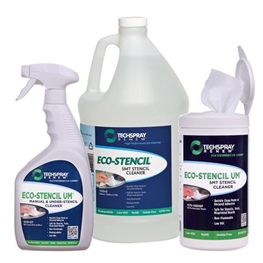
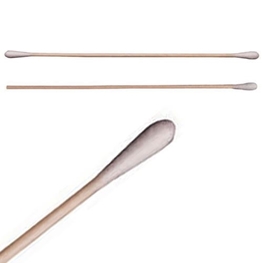
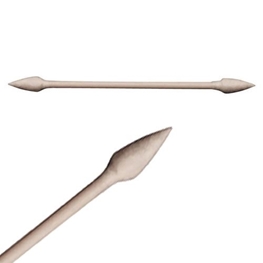
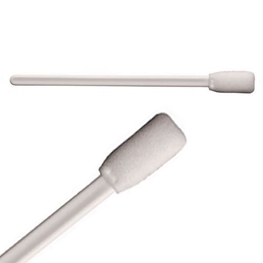
FAQ's
A degreaser is intended to clean a surface, so remove contamination. A degreaser is designed specifically to remove oils, greases, and lubricants. Sanitizers are intended to kill various pathogenic agents, like bacteria and viruses. There are materials that can do both, like 70% isopropyl alcohol (per CDC guidelines for hard surface disinfecting), but don’t assume all degreasers will kill pathogens.
The ingredients of a degreaser can vary wildly depending on the product. Generally speaking, they fall into 2 camps: 1) solvent cleaners: this includes alcohols (like isopropyl alcohol, or ethyl alcohol), hydrocarbons (like heptane and mineral spirits), ketones (like acetone and xylene), and more exotic compounds and blends. 2) water-based cleaners: these include ingredients dissolved or blended with water. Which is best for your application depends on the type of soil and various requirements like performance, evaporation rate, toxicity limits, and environmental regulations.
Windex (or other similar glass cleaners) could be considered a very light-duty degreaser. Glass cleaners can remove very light oils, like fingerprints, but will fall very short with heavier oils, greases and lubricants. Techspray offers a foaming glass cleaner (part #1625-18S) and water-based Eco-Shine (1505-QT) for light cleaning, and products like G3 Maintenance Cleaner (1630-16S), PWR-4 Maintenance Cleaner (3400-20S), and E-LINE Maintenance Cleaner (1620-10S) for more heavy-duty oils, greases and lubricants.



